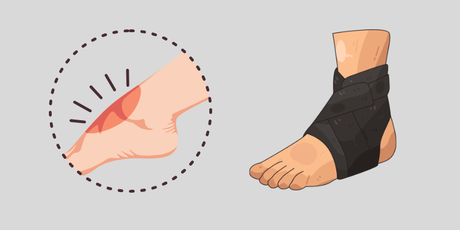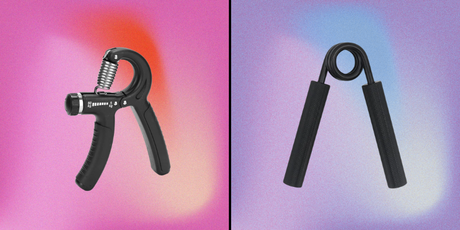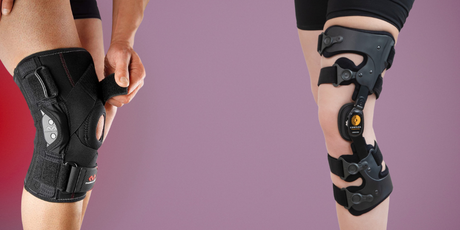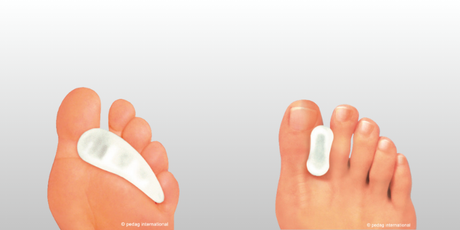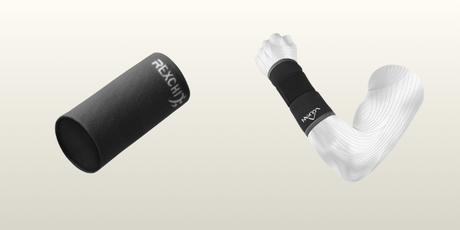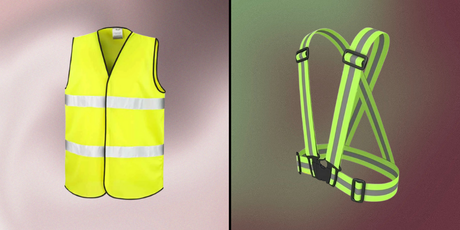Neck pain is a common condition that causes sudden pain and stiffness in the neck. It can make it difficult to move your head and affect everyday movements. Here's a review of symptoms, causes, treatment and prevention tips.
Symptoms of neck stiffness
The most common symptoms of neck pain include:
-
Sudden pain in the neck: The pain may be acute and sharp or throbbing. It may also radiate to the shoulders or spine.
-
Stiffness: The neck feels stiff, and it is difficult to turn the head sideways or bend the head forwards.
-
Pain on movement: It hurts to move your head, especially with movements such as looking sideways or bending your neck.
-
Muscle tension: The neck muscles can feel tight and sore, which can give the feeling of having a muscle spasm.
Causes of neck strain
Neck strain is often caused by the following factors:
-
Sudden movements: making a sudden movement with your head or turning your neck quickly can cause overloading of the muscles.
-
Poor sleeping posture: Sleeping in an uncomfortable position or on an inadequate pillow can cause the muscles in the neck to overload and tense.
-
Stress: Tension in the muscles as a result of stress can cause neck strain.
-
Incorrect working posture: prolonged sitting with incorrect posture, for example in front of a computer, can put extra strain on the neck muscles.
-
Previous injuries: A previous injury to the neck or back can increase the risk of suffering from neck strain.
Treatment for neck pain
Treatment for neck pain focuses on relieving pain, increasing mobility and preventing future problems. Here are some treatment options:
1. Pain relief
-
Heat or cold therapy: A hot shower or bath can relieve pain and release muscle tension. Alternatively, cooling liniment can be used to reduce inflammation if the neck spasm is caused by an acute strain.
2. Exercises for neck strain
-
Stretching exercises: Mild stretching and mobility exercises can help increase mobility and relieve stiffness.
-
Physiotherapy: A physiotherapist can provide individual guidance and specific exercises to restore mobility and strengthen the muscles of the neck.
3. Massage and relaxation
- A massage of the neck muscles can reduce tension and improve blood circulation, which can contribute to faster healing.
-
Relaxation techniques such as deep breathing can help relieve stress and muscle tension.
Prevention of neck pain
To prevent neck strain and reduce the risk of recurrence, follow these tips:
-
Ergonomics: Adjust your working position to avoid unnecessary strain on your neck. Make sure the screen is at eye level and that you sit with good posture.
-
Sleeping position: Use an ergonomic pillow and try to sleep on your back or side, rather than on your stomach, to relieve neck strain.
-
Regular exercise: Strengthen your neck muscles by doing mobility and strength exercises. This makes the muscles more resistant to strain.
-
Take breaks: If you sit in front of a computer for a long time or stand in the same position, take regular breaks to stretch and move your neck.
When should you seek medical attention?
If you experience severe pain or if the pain does not go away after a few days, you may want to seek medical attention. If you have long-lasting pain or recurrent neck pain, you may want to see a physiotherapist or doctor for a thorough assessment and treatment plan.
Neck pain is a common condition caused by sudden movements, poor sleeping posture or prolonged strain on the neck. Symptoms include pain and stiffness in the neck, which can limit movement. Treatment includes pain relief, exercises to increase mobility and professional help if needed. Improving posture, exercising the neck muscles and taking breaks can help prevent neck strain and reduce the risk of recurrence.




